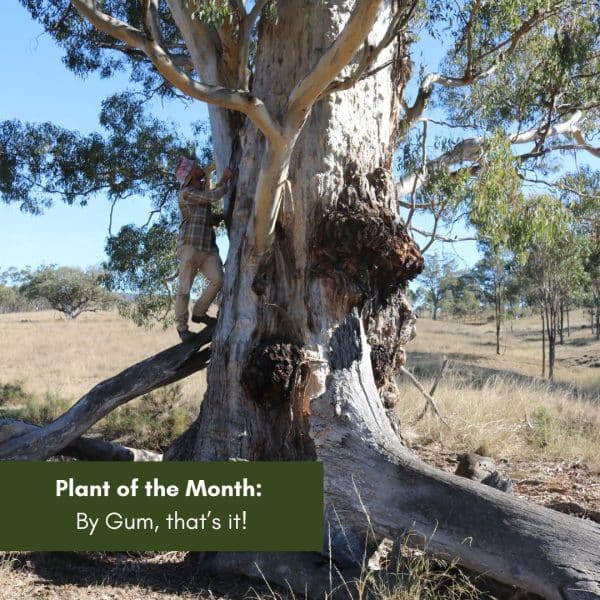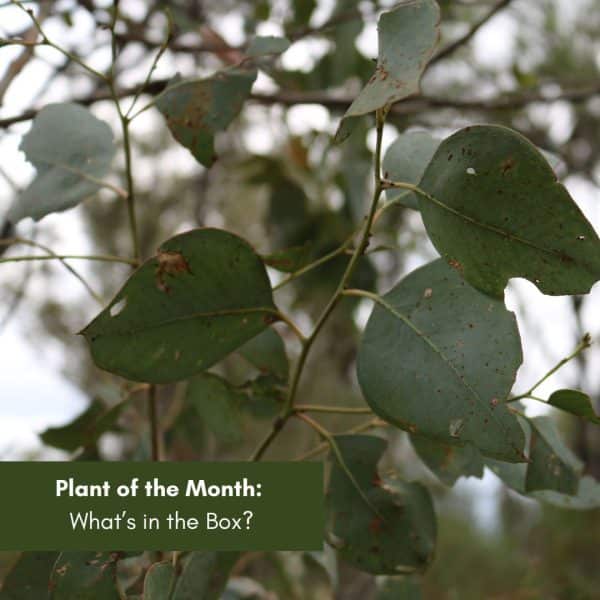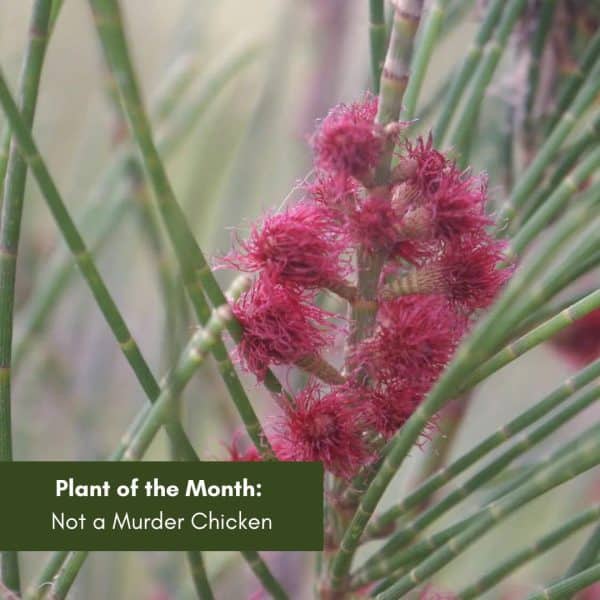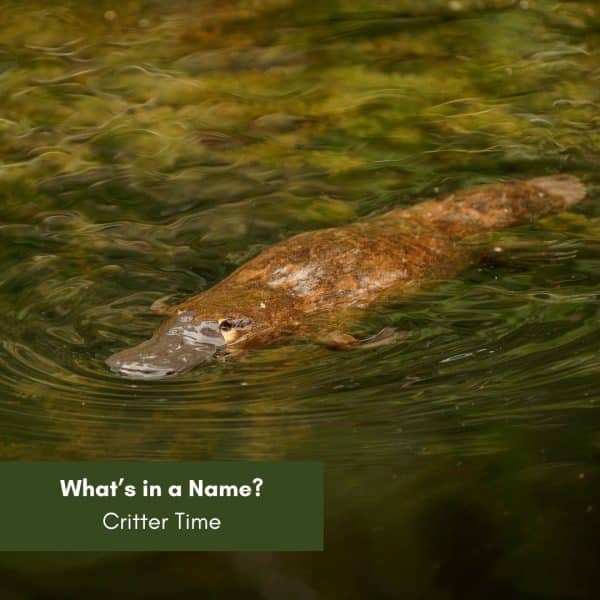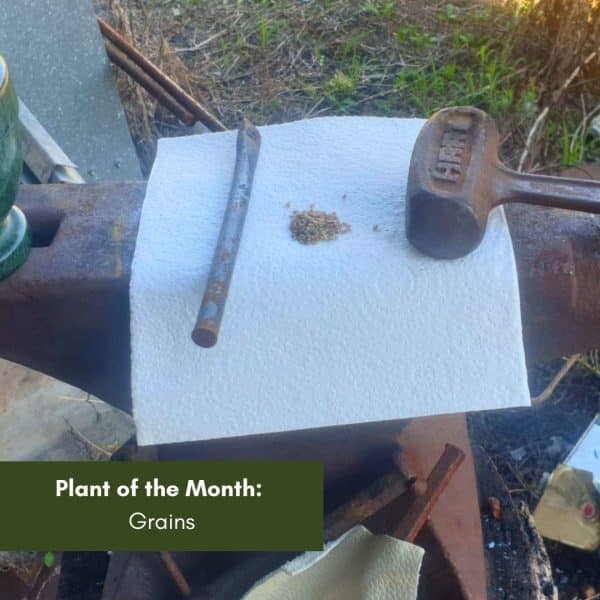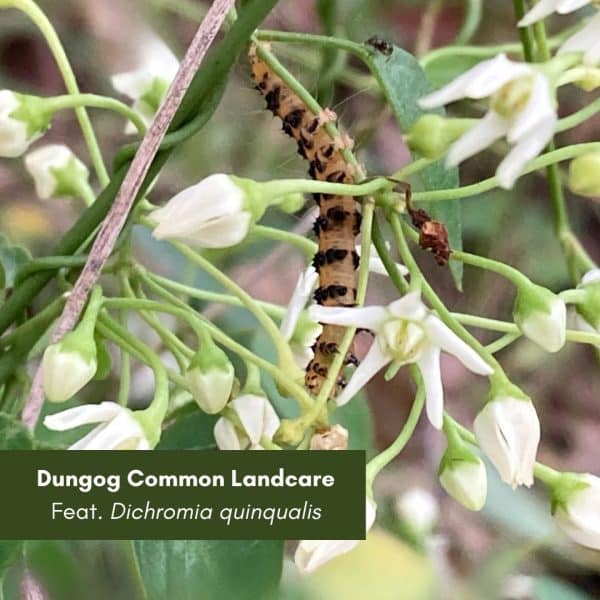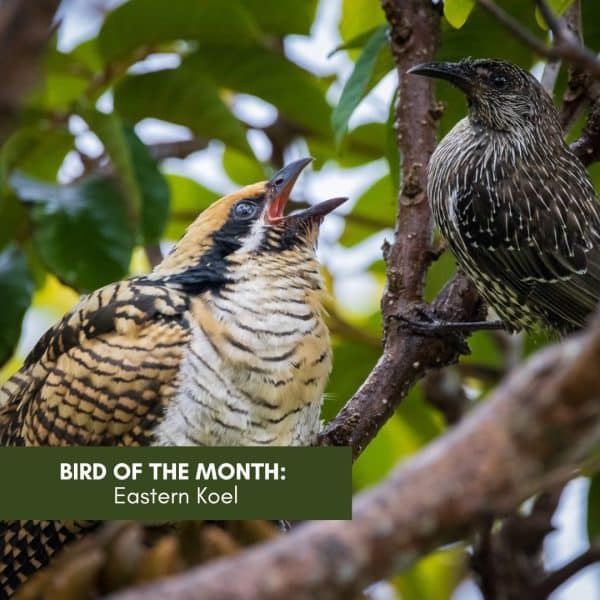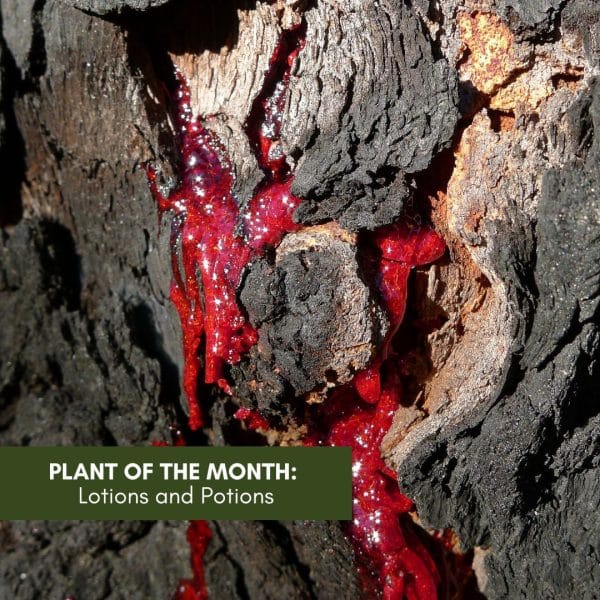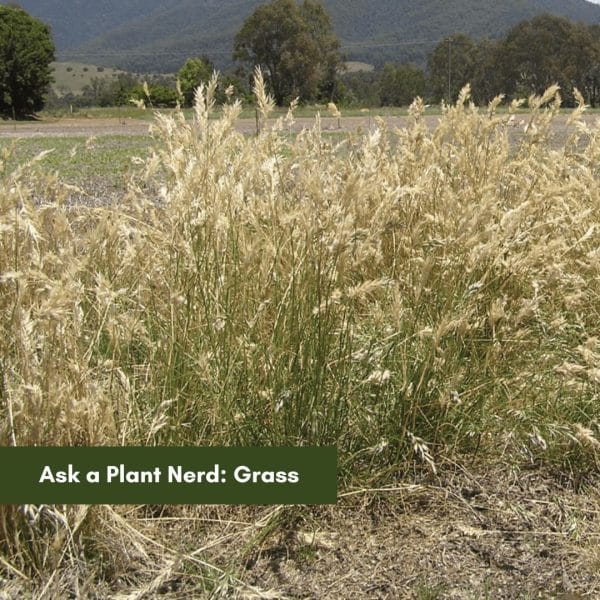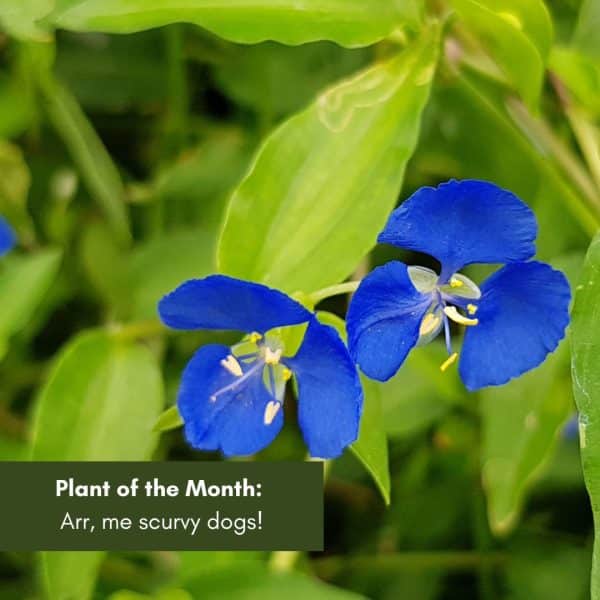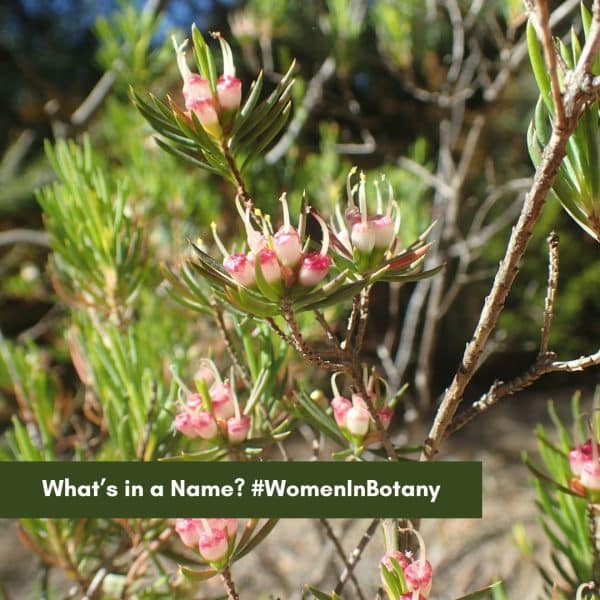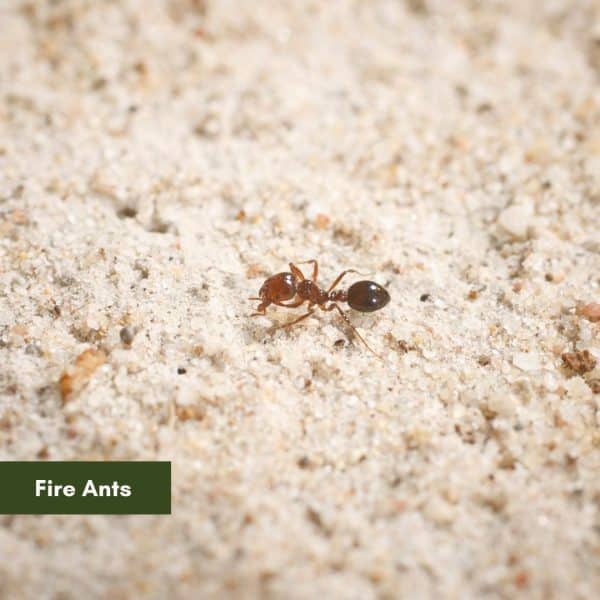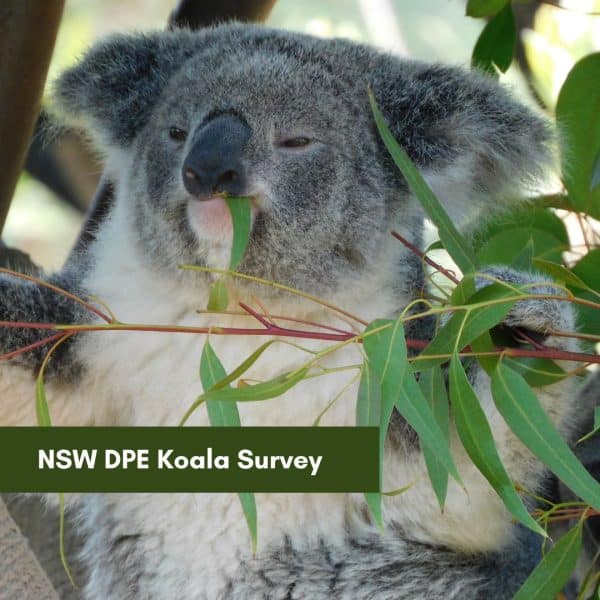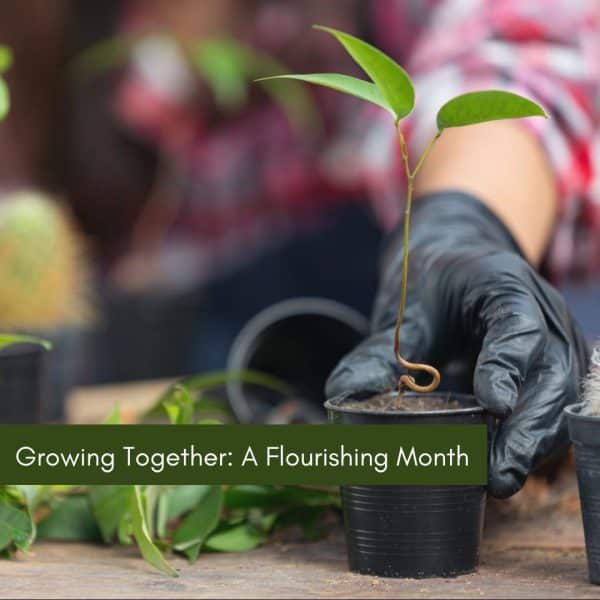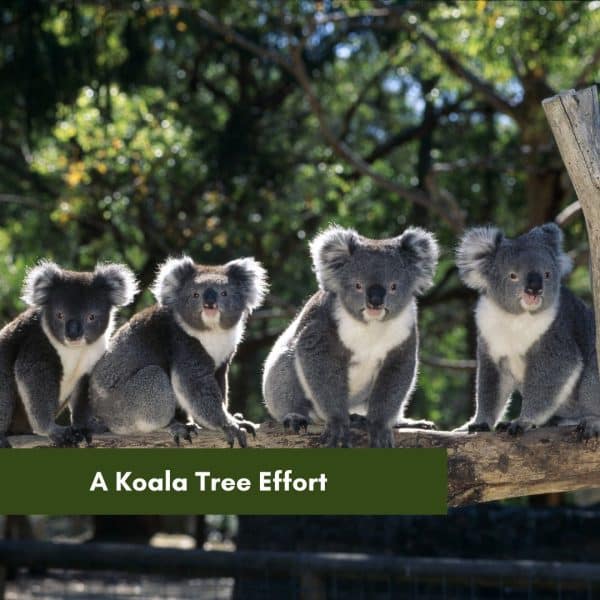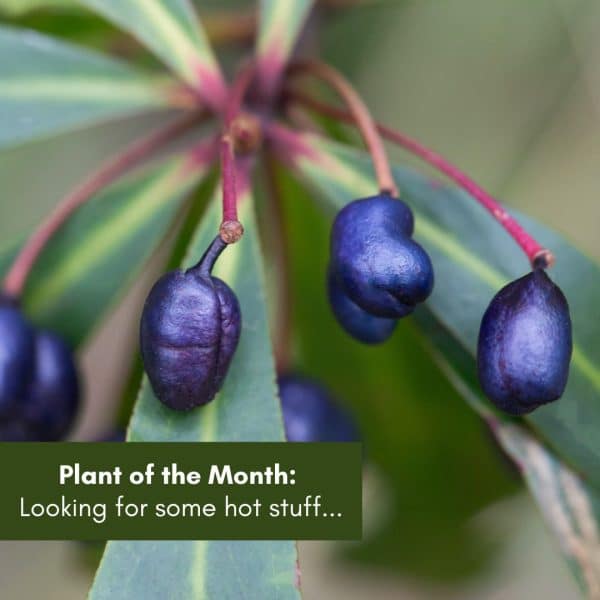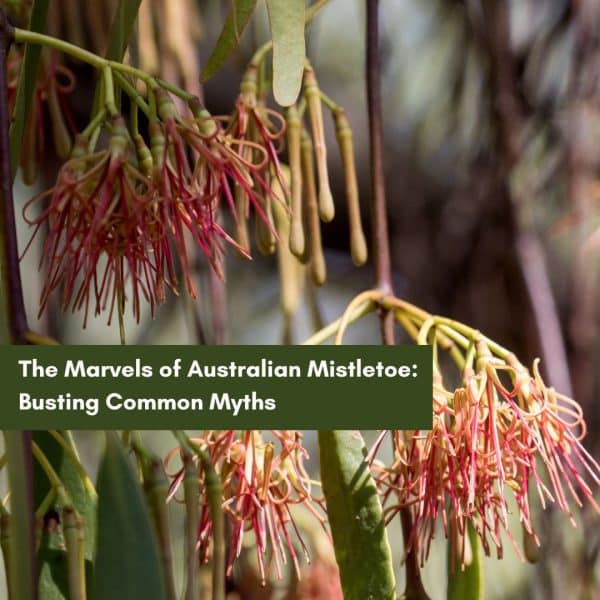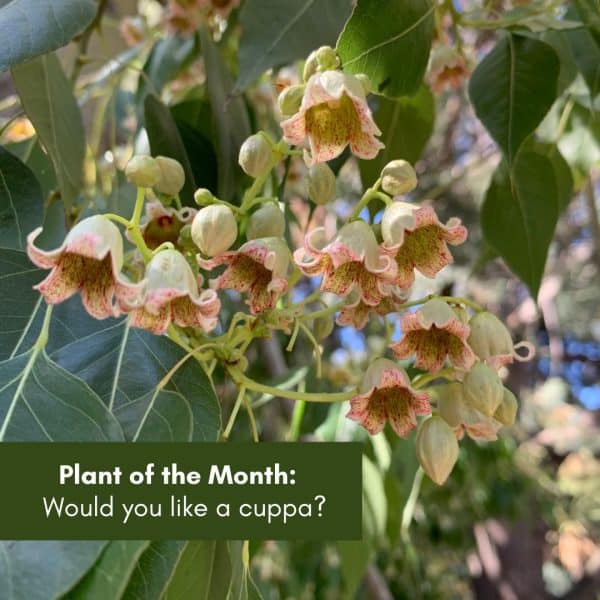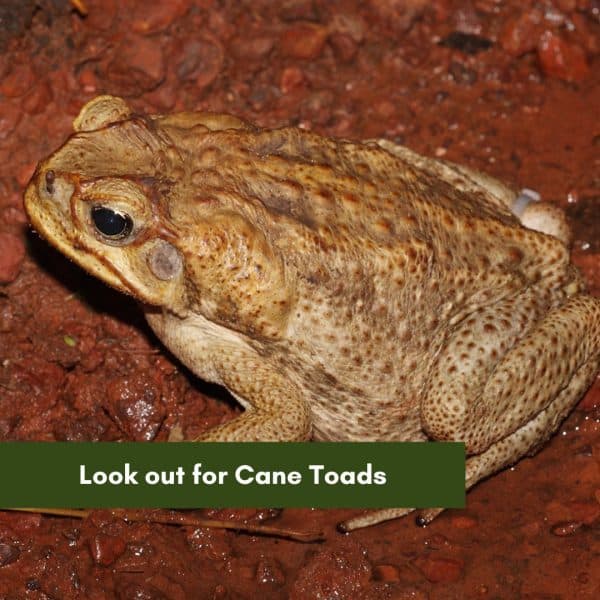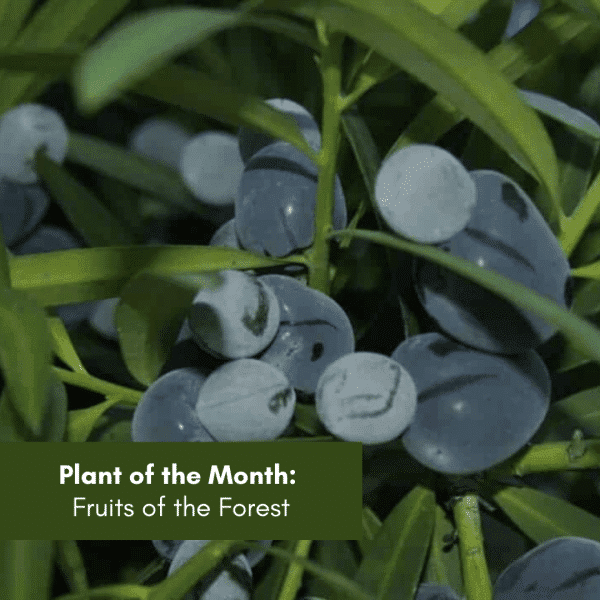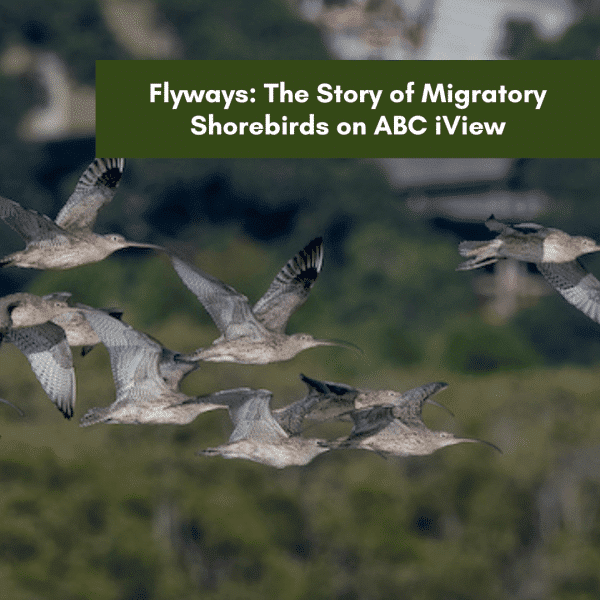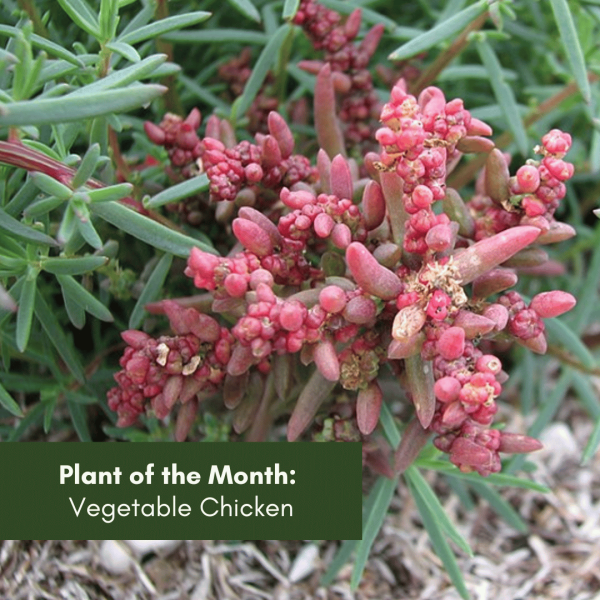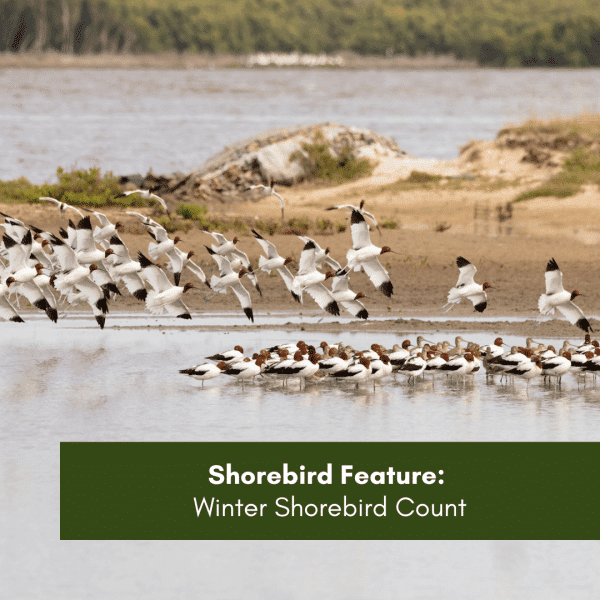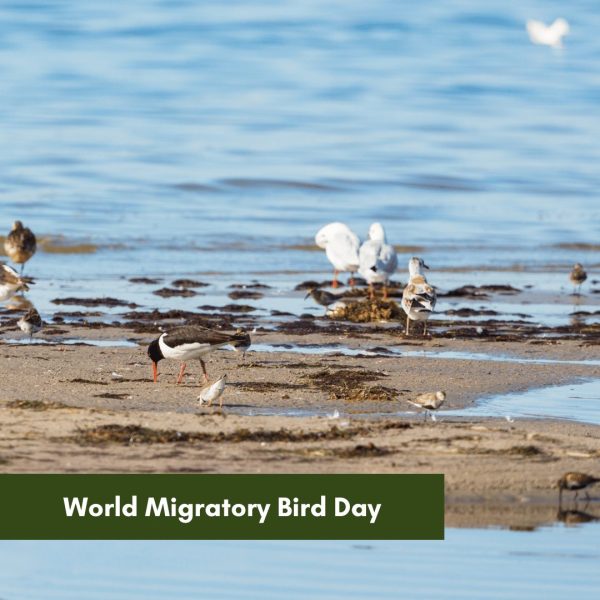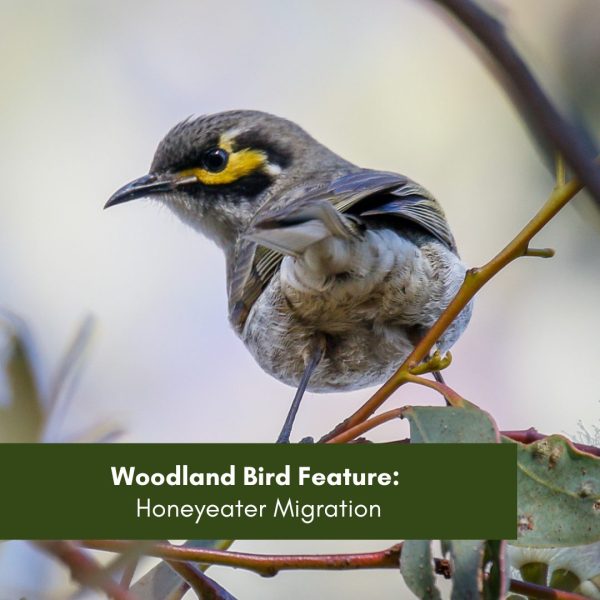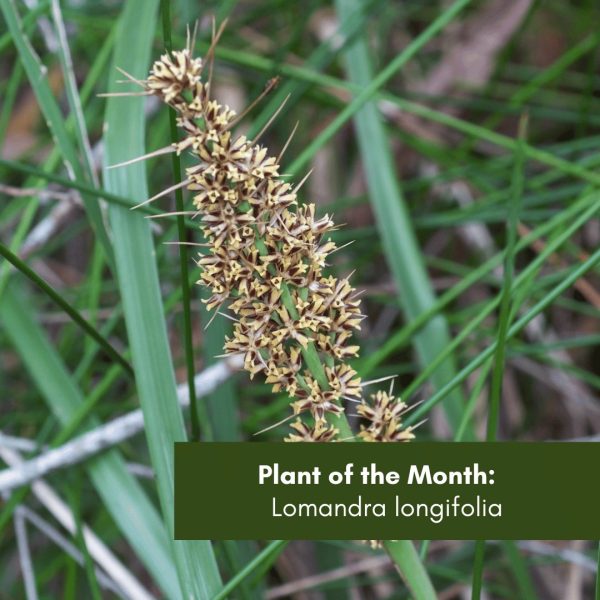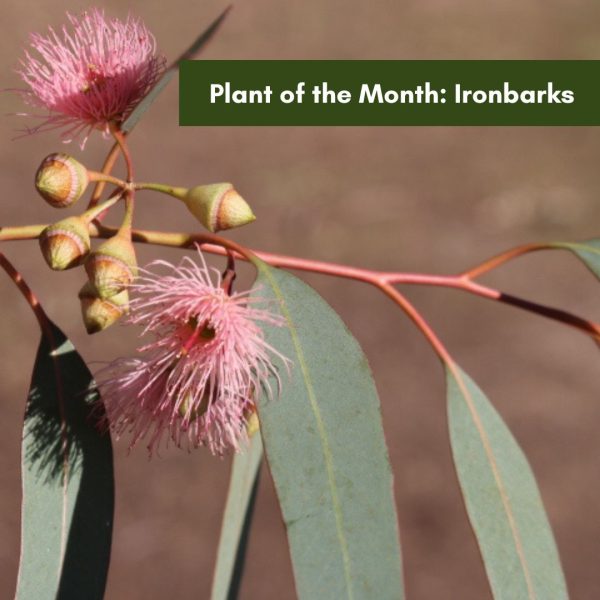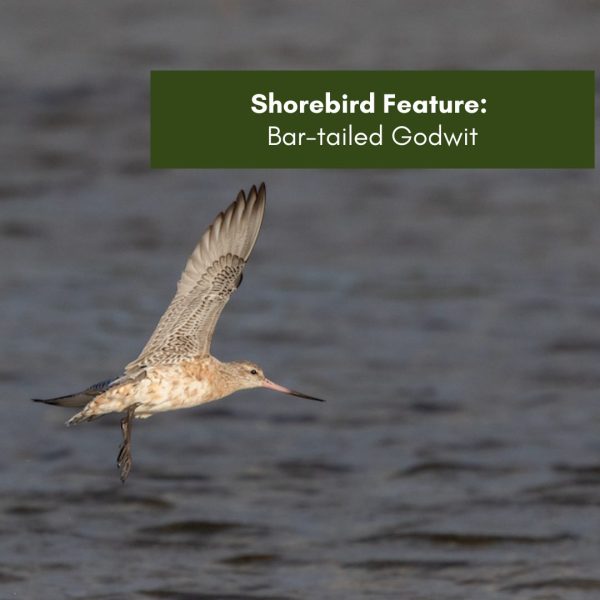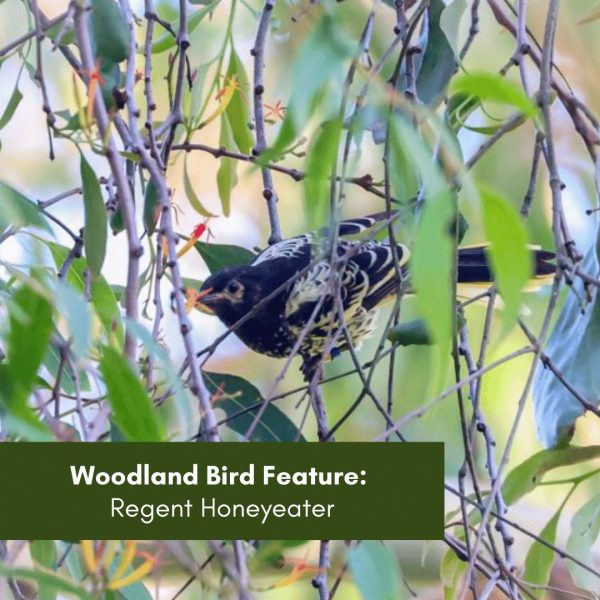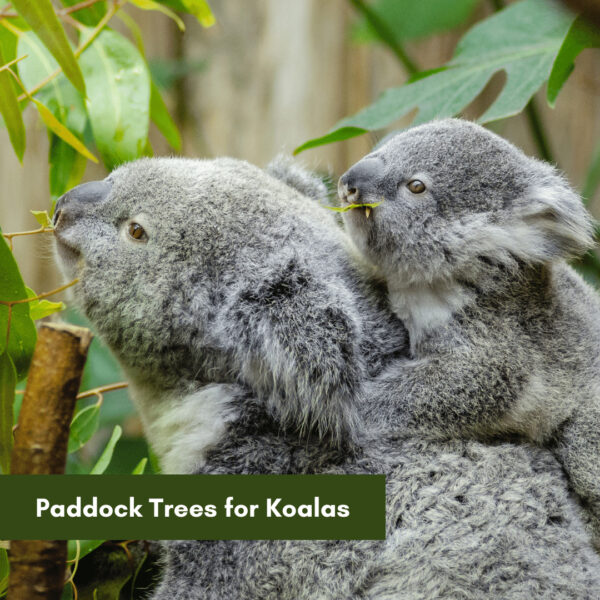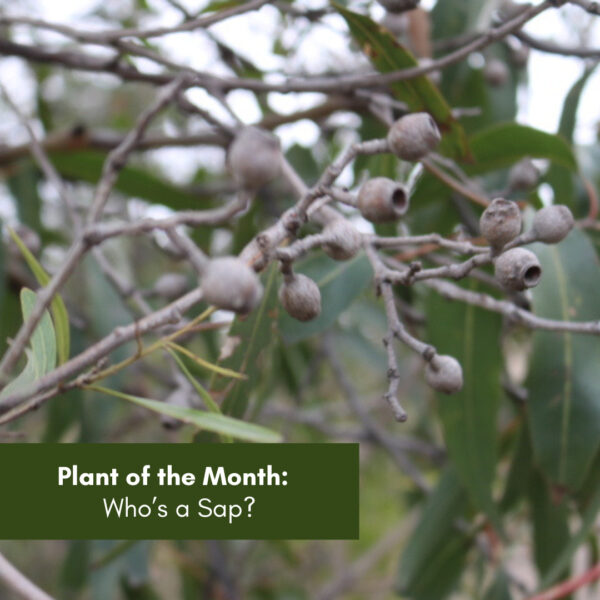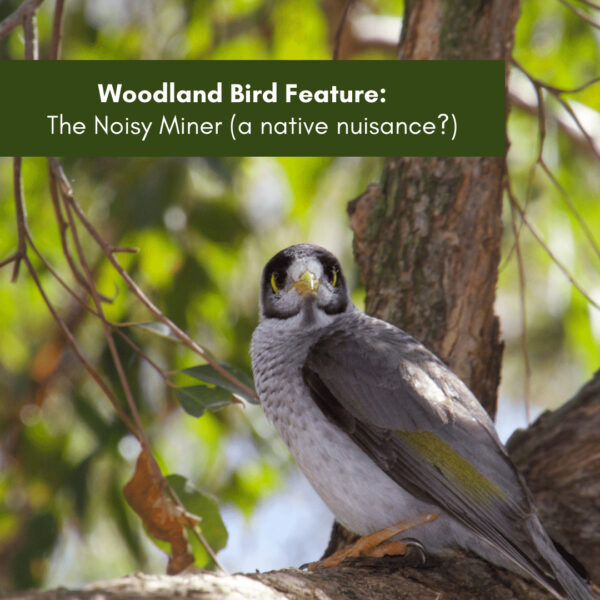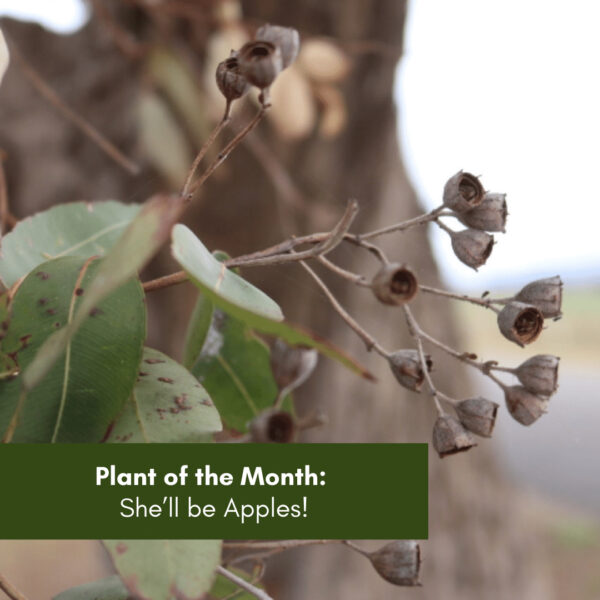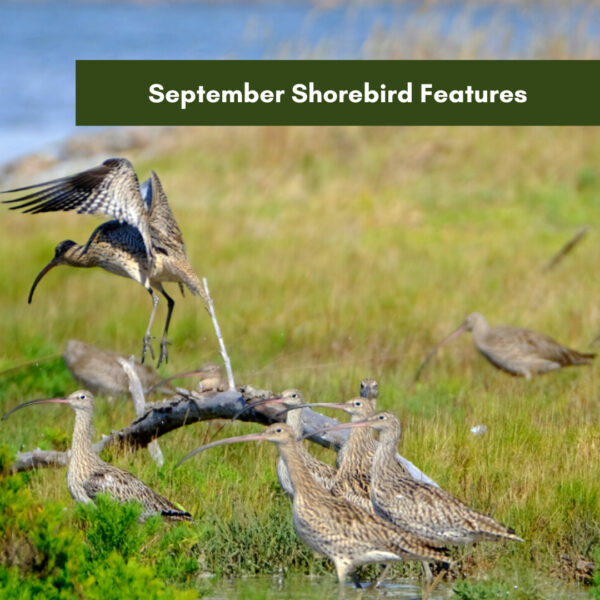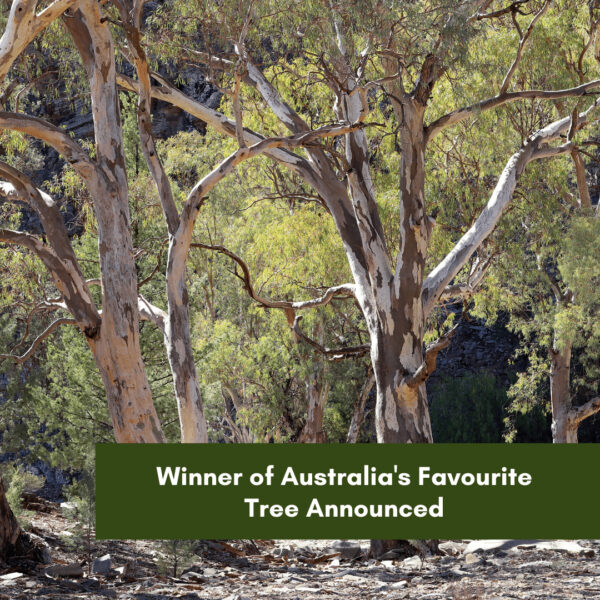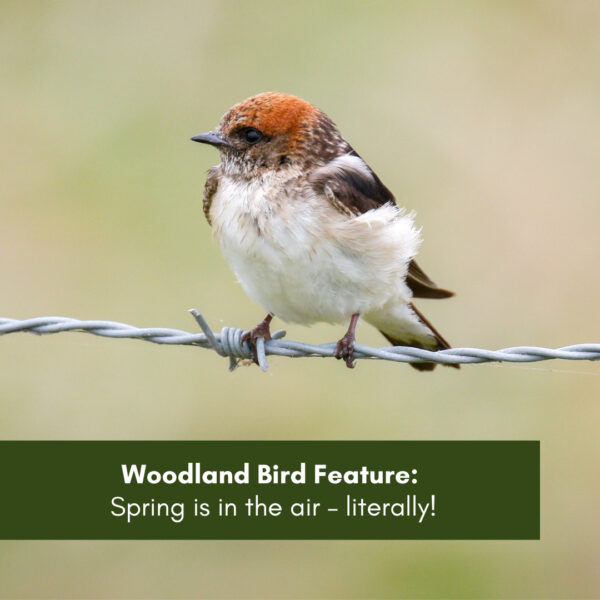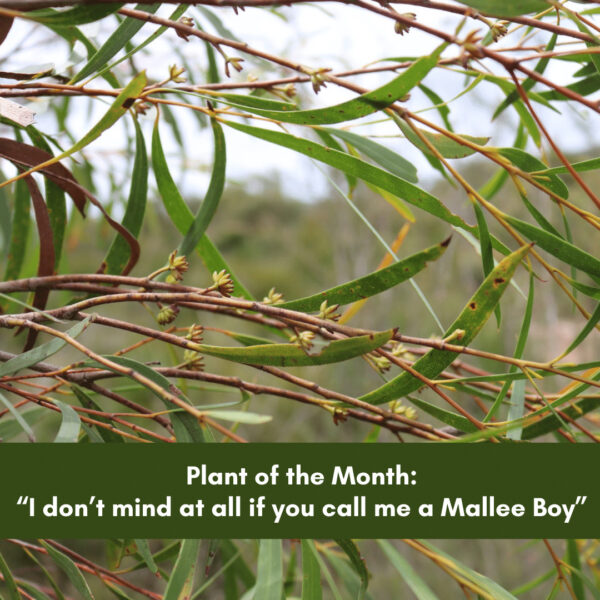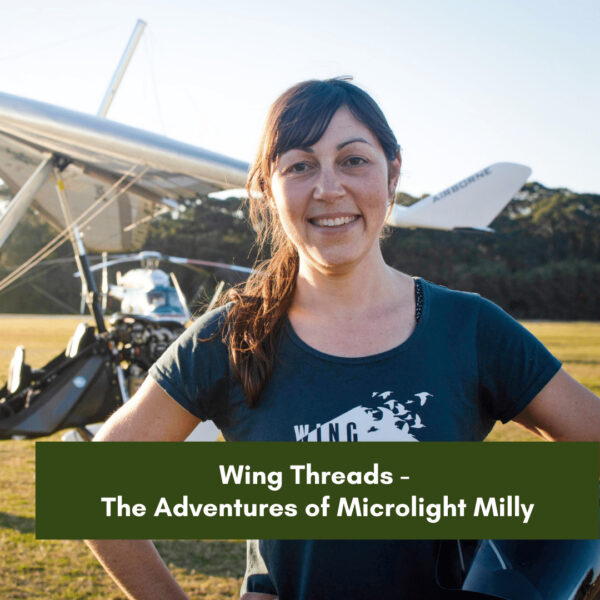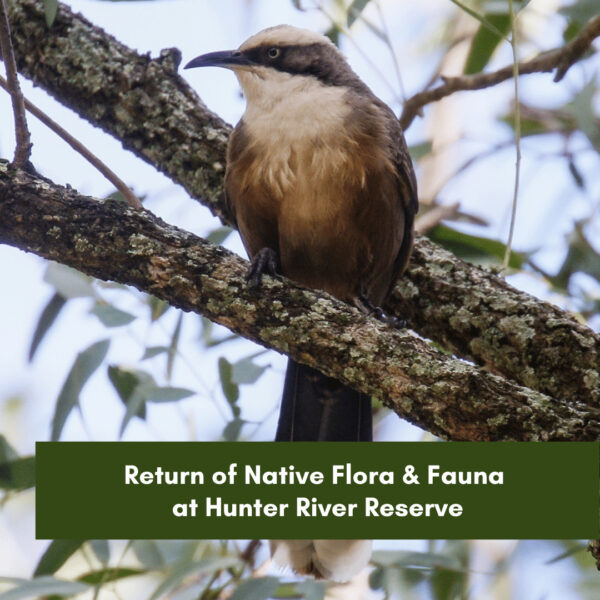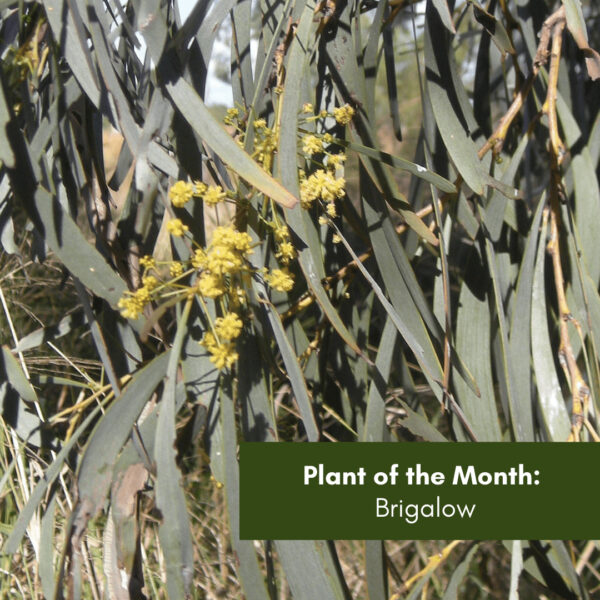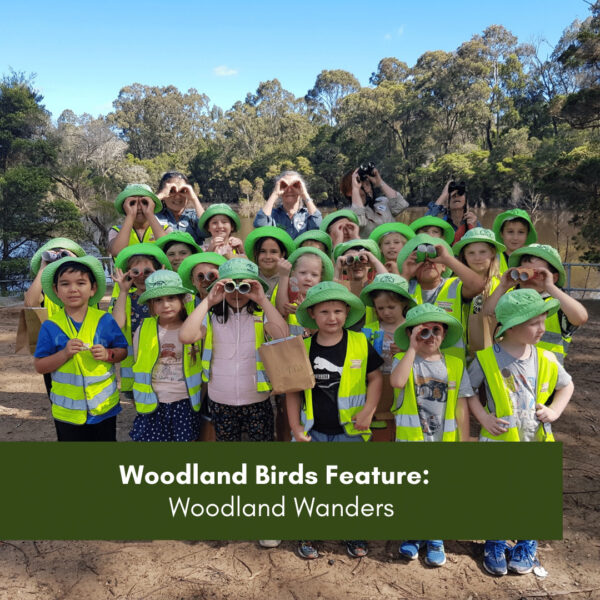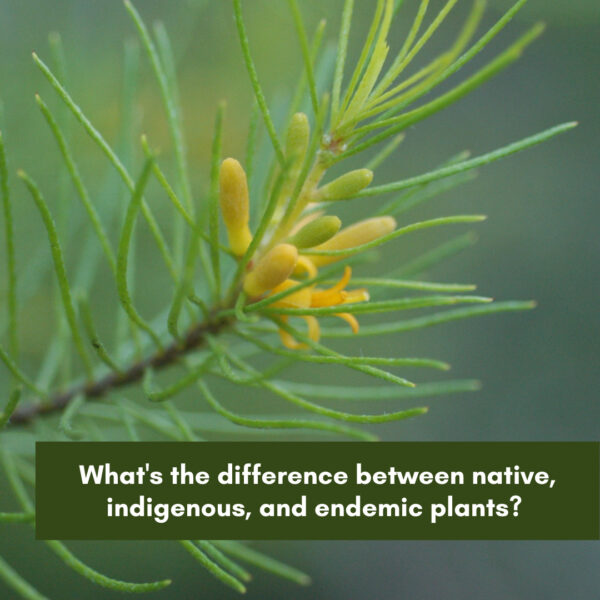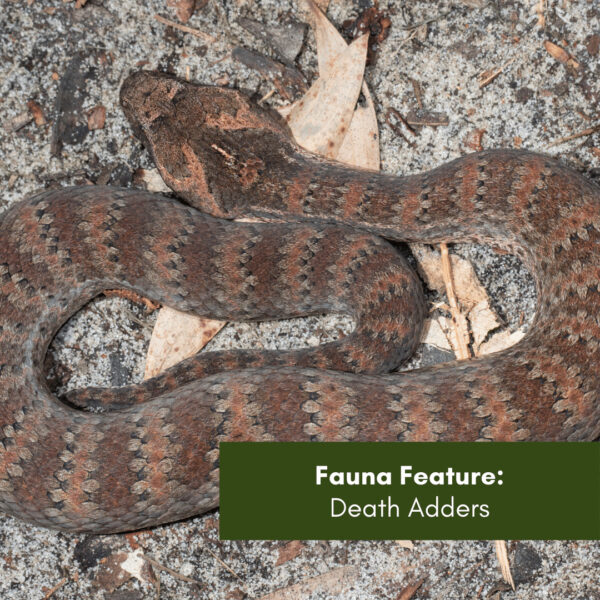Resources
Plant of the Month: What’s in the Box?
This month I’m back to our rather slow series of keys to the Eucalypts of the Hunter. if you’ve missed (or forgotten) I’ve previously done keys to Ironbarks, Scribbly Gums, Mallees, Bloodwoods (Corymbia) and the Apples (Angophora). This month we’re looking at the... read morePlant of the Month – Grains
Sigh, I was wr….. Not exactly right…. You know how you’ve been telling people stuff for almost 30 years and no one’s ever corrected you and finally you get around to trying it and…… Grains have been quite a common food item across many cultures, high in carbohydrates... read moreNews from Dungog Common Landcare
Dungog Common Landcarers were able to capture a very rare sight while out on the common this month- not only the Cynanchum elegans (White-flowered Wax Plant- Endangered under the EPBC Act) in flower, but wait…. also the caterpillar of the moth that lays her eggs on... read moreBird of the Month: Eastern Koel
The Eastern Koel- previously called the Common Koel is not so common in its rearing behaviour. It’s called brood parasitism and I personally find it fascinating. This photo was taken recently of a fledgling koel squawking for food from the little wattlebird surrogate mother.
read morePlant of the Month: Lotions and Potions!
I generally keep away from the medicinal uses of native plants as there’s a lot of cultural significance and sometimes ceremony attached to the use and preparation of them, but there are a few I refer to as “first aid plants” which I find are quite useful to have a... read moreAsk a Plant Nerd: Grass
Grasses and lots of other plants can tell us a lot about soil type, fertility, moisture, land use, fire history, salinity and so on, it’s not an exact science but knowing plants and some of their ecological requirements helps us to understand our sites better and to better manage them.
read morePlant of the Month: Arr, me scurvy dogs!
Ok, so it’s a little early for International Talk Like a Pirate Day but one issue for pirates, other seafarers and more than a few landlubbers was the disease of scurvy brought about by lack of Vitamin C in the diet, this was a big issue in the Royal Navy till young Jimmy Cook had lemons, limes and sauerkraut as mandatory dietary items for his underlings as they bobbed about the world’s oceans (“no dessert for you till you’ve sucked on a lemon”).
read moreWhat’s in a Name? In the lap of the Gods.
One of the more common practices in botany and zoology is to name a species after a Greek or Latin god or figure of legend, here’s a few of them.
read morePlant of the Month: Looking for some hot stuff…
If you’re a late Boomer or early Gen Xer you’ve probably now got this earworm going (Millenials and Gen Y or Z should watch as well to see what cool music really is), this month we’re looking at some native herbs and spices (some of which have been used in our current... read morePlant of the Month: Ouch, Spiky!
One of my favourite groups of plants are the Epacrids (recently lumped in with the Ericaceae), small shrubby plants with small spiky leaves, parallel venation and tubular flowers with five petals, these can be roughly divided into dry fruit and fleshy fruit with the fleshy fruited ones usually being pretty tasty.
read morePlant of the Month: In the Grip of the Grape
You may not know it but Australia has quite a few native members of the grape family (Vitaceae). We’re all familiar with Vitis vinifera (and other table and wine grapes) but less well known is that Australia is home to around 30 members of the Vitaceae family, occurring in all mainland states except South Australia (though I think they make up for it with production of Vitis vinifera).
read more
